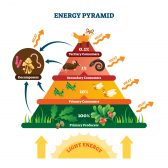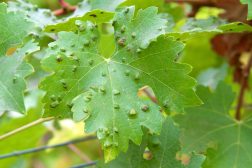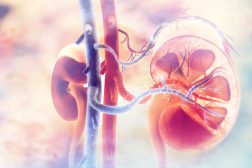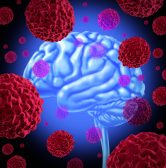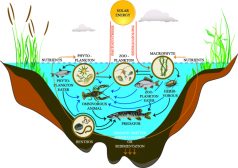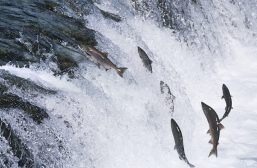Definition
noun, plural: tetrasomies
(genetics) A type of aneuploidy characterized by the gain of two extra chromosomes of one type, and is designated as 2N+2
Supplement
Aneuploidy is a chromosomal variation due to a loss or a gain of one or more chromosomes resulting in the deviation from the normal or the usual number of chromosomes. The different conditions of aneuploidy are nullisomy (2N-2), monosomy (2N-1), and polysomy (e.g. trisomy and tetrasomy). Polysomy is a condition where there is more than one copy of the chromosome relative to the normal. Trisomy (2N+1) and tetrasomy (2N+2) are examples of polysomy.
Tetrasomy is a type of aneuploidy where there is a gain of extra two chromosomes of the same type. The chromosomal composition is represented by 2N+2. A cell or an organism exhibiting monosomy is referred to as tetrasomic. In particular, tetrasomic would possess four copies of a chromosomal type instead of the normal two in diploid organisms. In humans, tetrasomy would result when nondisjunction occurs during meiosis. The resulting tetrasomic gamete when involved in fertilization would eventually develop into a fetus with 48 chromosomes rather than the normal 46.
Examples of tetrasomy are as follows:
- tetrasomy 9p
- tetrasomy 18p
- tetrasomy 12p (Pallister-Killian syndrome)
- tetrasomy 22 (Cat eye syndrome)
- 48, XXXX syndrome
- 48, XXYY syndrome
- XXXY syndrome (Klinefelter’s syndrome)
See also:
Related form(s):
- tetrasomic (adjective, of, relating to, or characterized by, tetrasomy; noun, a cell or an organism in tetrasomy and a chromosomal composition designated as 2N+2)

